The Challenges of Running a business
Running a business can be challenging. It takes a lot of hard work and dedication to keep it running smoothly. You are pouring your heart and soul into running your company. You know it’s not easy, but you also know it’s worth it.
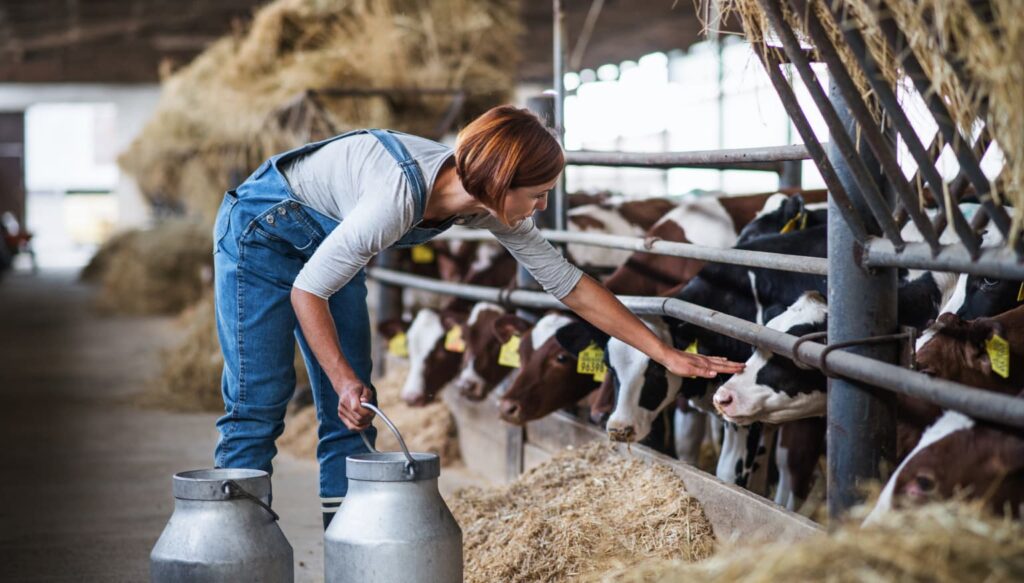
You’re constantly adapting to changing market trends and keeping up with new technologies to stay competitive. As you navigate the complexities of running your business, you realize that adopting technology can be crucial in scaling your operations. You can automate processes, improve efficiency, and reach more customers with the right technology.
But it’s not just about implementing any technology – it’s about finding the right technology for your business. You need to carefully evaluate which technologies will help you achieve your goals.
Emily’s Story: F&B Business Owner
Here, we are sharing Emily’s story, an imaginary actor playing the role of a business owner. She owned a dairy farm and poured her heart and soul into producing the freshest, creamiest milk and cheese. She was a master at coaxing the richest milk from her cows and crafting the most delectable cheeses.
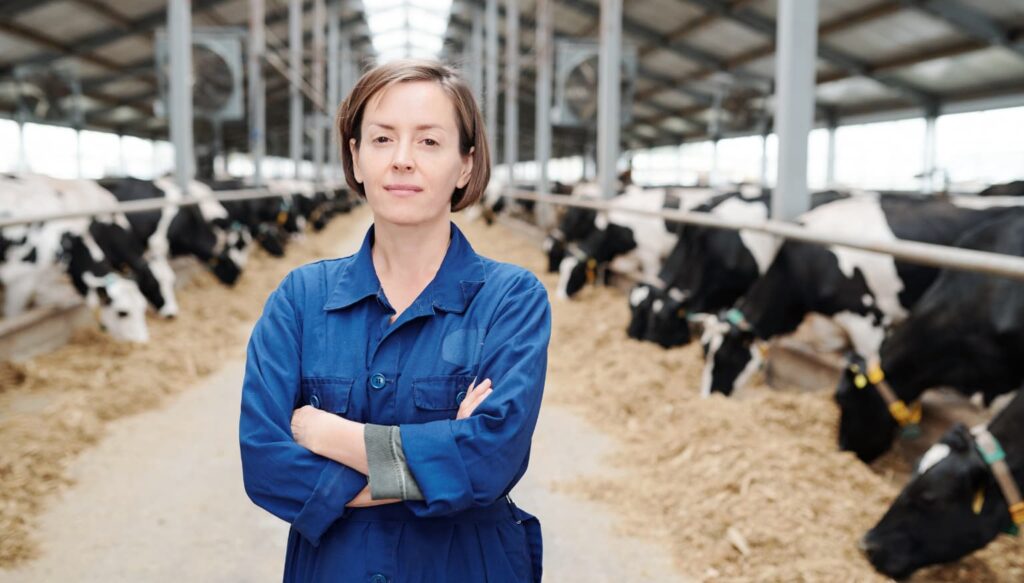
The Supply Chain Team
But Emily wasn’t working alone. She had a team that worked with her in the supply chain to produce and deliver her products to consumers. The team consisted of a milkman, a cheese maker, and a delivery driver. Each of them faced unique challenges in their daily operations.
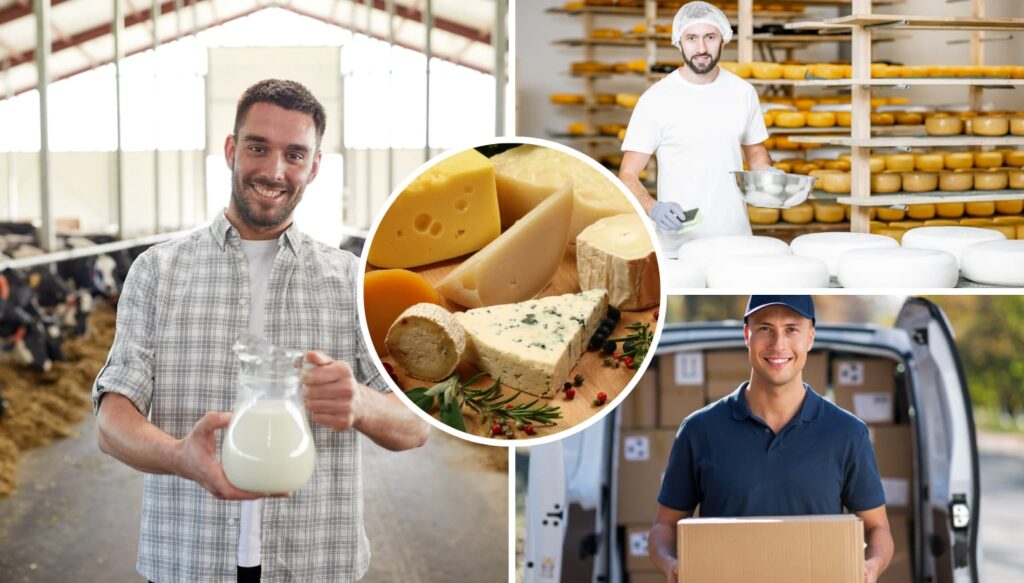
The milkman collected and delivered milk to the cheese maker, ensuring high quality and timely delivery. In this case, she faced challenges in tracking the milk’s quality and delivering it at the right temperature.
The cheese maker turned milk into cheese, ensuring its quality met customer expectations, but faced challenges with consistency during peak production. The delivery driver delivered products to retail shops, ensuring timely and proper delivery, but he faced challenges with route optimization and last-mile delivery.
The Need for Technology in the Dairy Industry
Emily knew that to grow her business, she needed to embrace technology and find solutions that could help streamline her operations. She had heard about the Farm to Plate platform, which promised to connect farmers with consumers who shared their passion for wholesome, locally sourced products.
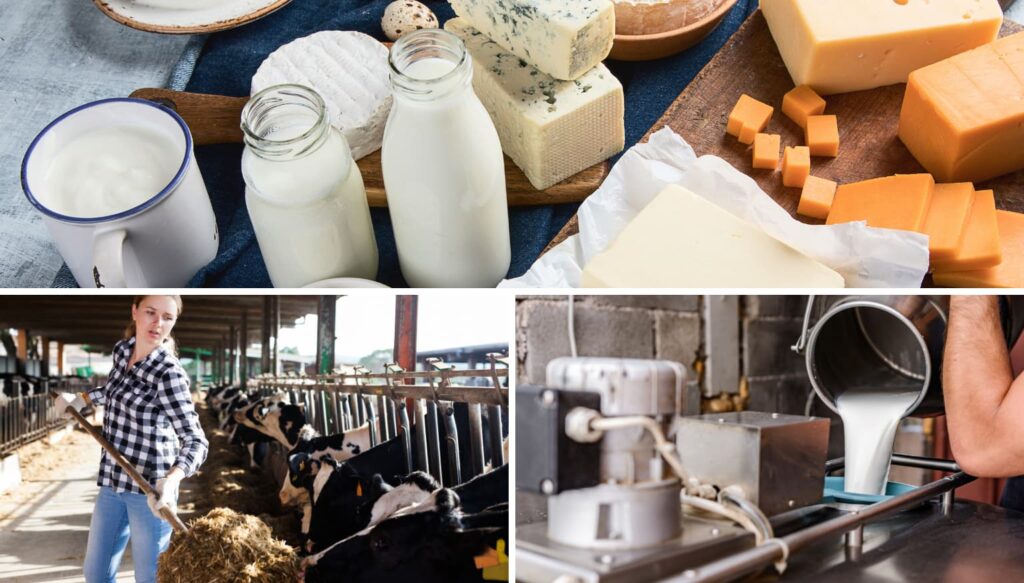
Emily’s Onboarding Journey with Farm to Plate
Emily was excited about the possibilities the platform could offer her business, but she was also apprehensive about navigating a complex tech platform. Emily didn’t let her fears hold her back. She took a deep breath and embarked on her Farm to Plate onboarding adventure. The platform made it easy for her to start, and the process was simple and easy.
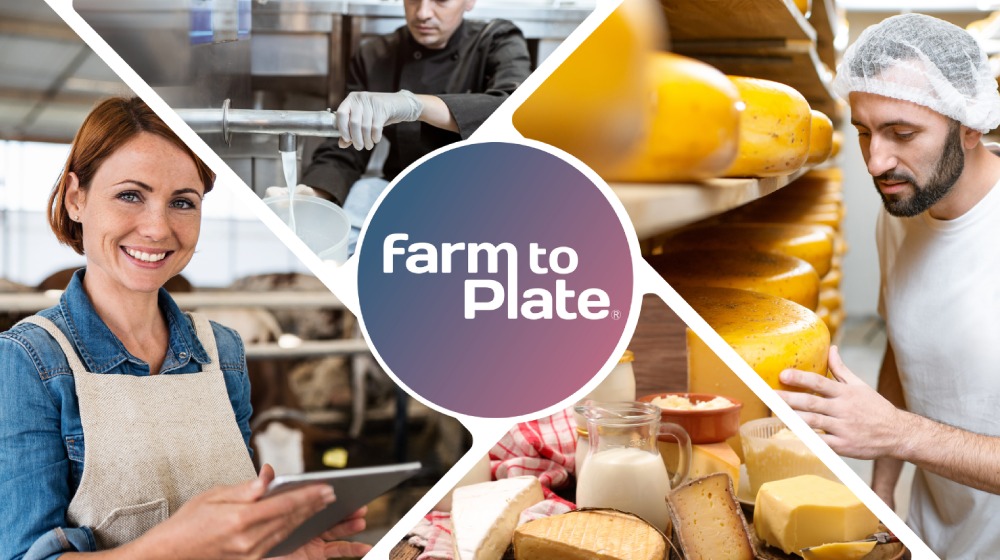
Here are the highlights of Emily’s onboarding journey:
Step 1. Application Account Creation
Emily started by creating her participant account on Farm to Plate. The process was quick and easy, allowing her to dive into the platform quickly.
Step 2. Initiate Data Setup
Next, Emily began listing her products and initiating transactions. The user-friendly interface made it simple and efficient to set up her data.
Step 3. Validate Actual Business Process on Farm to Plate
Emily explored the platform by performing her daily business processes. Farm to Plate was designed to be intuitive, providing a hassle-free experience.
Step 4. Customization
Emily expressed her specific needs, and Farm to Plate’s team worked diligently to customize her experience based on her requirements.
Step 5. Develop Custom Needs
The team implemented Emily’s customization preferences, ensuring a tailored experience that suited her business model.
Step 6. Validate Custom Needs – UAT
Before going live, we conducted User Acceptance Testing (UAT) to validate and verify everything.
Step 7. Sign-off Production Readiness
Emily approved the production readiness when satisfied, signaling that she was ready to transition into the live environment.
Step 8. Production Readiness
With Farm to Plate’s assistance, Emily smoothly transitioned to the production phase, ensuring a seamless experience for her day-to-day operations.
Step 9. Handover Production
Emily was now live on Farm to Plate, ready to explore the platform’s full potential and gain real-time visibility into her entire supply chain.
Benefits of Using Farm to Plate
Farm to Plate provides a real-time tracking system that allows her to monitor the milk’s quality and quantity. The platform also ensures that the milk is delivered at the right temperature. It enables them to optimize their routes and monitor the products’ condition during transit.
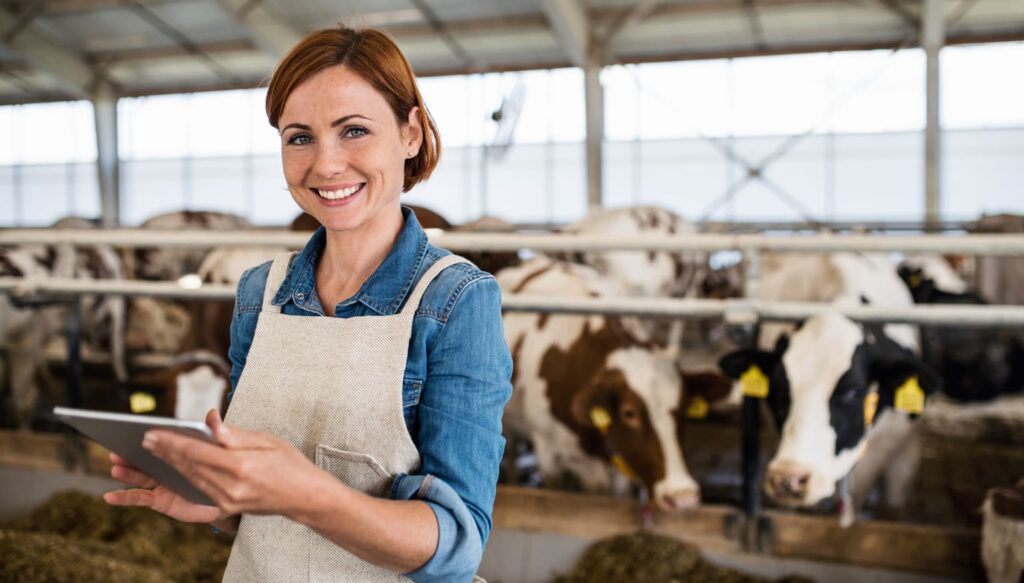
This story may inspire other F&B industry participants to embrace technology and seek solutions that could help streamline their businesses. The platform proved an excellent solution for Emily, enabling her to connect with other participants and streamline her operations.
Farm to Plate proved to be an excellent solution for Emily and her team. It helped them overcome the challenges they faced in their daily operations and provided them with real-time visibility into their supply chain. With platforms like Farm to Plate, the possibilities are endless, and the benefits are undeniable.
Namrata Anand, Senior Technical Content Writer at Paramount Software Solutions & farmtoplate.io
